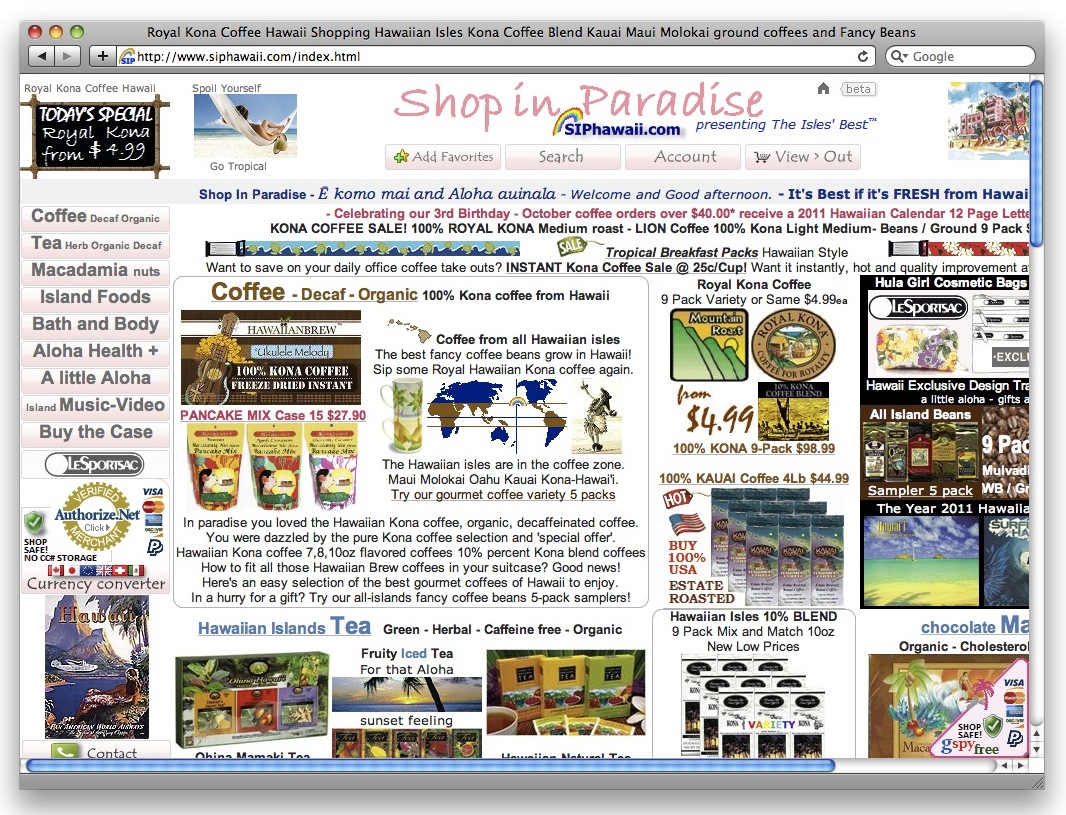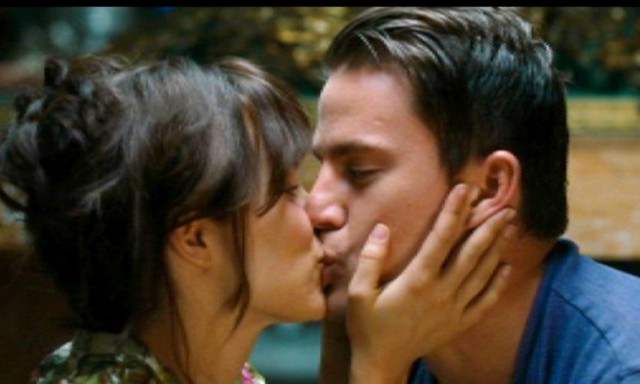Virilio's chapter on Cybersex was very interesting to me. I am not going to lie, I have had many a conversation with my apartment mates about what the "cyber" has done for sex. I am also currently in a human sexuality class and this has been something that we discussed in detail.
Digital sex, whether that comes in the form of porn or actual cybersex, is a controversial thing. Having sex so available online can desensitize and turn people off from the real and actual.
This idea can also be tied into people preferring the digital over the actual in general. People choose to re connect with old flames rather then go out and meet new people in the workplace/bars/mutual friends. We are living in a world that can make it so easy to never need/want to have that "human interaction".
Virilio has really sparked some mixed feelings in me. I don't know whether to love and agree with the man, or vehemently disagree with him. I think that he brings up some wonderful points that demand thought. My conclusion from Virilio's writings are this: Technology CAN BE a dangerous thing, and if used in certain ways can really damage people and the world that we live in. However, it is then our charge by Virilio to step up as communication majors, and to study digital media and to learn how to use it to enhance our world and not damage it.
Technology should not be feared, but it should be valued and evaluated on an almost daily basis. It should be seen as a tool for good, and not for evil. This digital media is not going anywhere, so its our job to embrace it and make it the best for this world that it can be.



